Patients with rheumatoid arthritis (RA) and other rheumatic diseases are at increased risk for cardiovascular disease. Furthermore, patients with RA may show a decrease in low-density lipoprotein (LDL) cholesterol even as their overall risk for cardiovascular events continues to climb.

“I can’t think of a rheumatic disease that doesn’t have an increased cardiovascular risk,” said Christina Charles-Schoeman, MD, MS, Professor of Medicine and Chief of Rheumatology, University of California, Los Angeles. “We have to think about cardiovascular risk for all of our patients.”
Dr. Charles-Schoeman discussed the apparent paradox between falling cholesterol levels and increasing cardiovascular disease risk in RA during Cardiovascular Comorbidity in Rheumatic Diseases. The session, which was originally presented on Sunday, Nov. 7, can be viewed by registered ACR Convergence 2021 participants through March 11, 2022.
For the general population, lower cholesterol, particularly lower LDL cholesterol, is good news for cardiovascular risk. But the overall inflammatory milieu in RA that reduces LDL cholesterol also alters and impairs the anti-inflammatory and cholesterol efflux capacity of HDL, leading to increased cardiovascular risk. And because patients are accustomed to hearing that lower LDL cholesterol is better, it can be difficult to convince them that in RA, lower LDL cholesterol means higher cardiovascular risk.
For patients with RA, and possibly other rheumatic diseases, a carotid ultrasound scan for arterial calcium deposits can be a better marker of cardiovascular risk than lipid levels, Dr. Charles-Schoeman noted. A coronary calcium scan is noninvasive, easy on the patient, quick to perform, and often covered by insurance.

And while hypercholesterolemia may not be a risk factor for cardiovascular disease in RA patients, other traditional risk factors still apply. Hypertension, obesity, diabetes, tobacco use, and age all increase cardiovascular risk in patients with rheumatic diseases, noted Jorge Plutzky, MD, Director of Preventive Cardiology, Brigham and Women’s Hospital, and Professor of Medicine, Harvard Medical School. So does having RA and any other inflammatory condition.
“Inflammation is particularly relevant to increased cardiovascular risk in multiple rheumatologic disorders,” Dr. Plutzky said. “Elevated markers of inflammation increase the risk of future cardiovascular events.
“Patients go through a very long preclinical phase that provides an opportunity to intervene during the early phases of cardiovascular disease. That gives you an opportunity to avoid some of the more serious sequelae that can result from atherosclerosis, including cardiovascular death.”
Lifestyle changes remain the most effective approach to reducing cardiovascular risk, he continued. But if pharmacologic intervention is needed, statins are the mainstay.
“Lower LDL cholesterol is better,” he said. “LDL cholesterol of 25 to 60 mg may be physiologic in humans with very positive cardiovascular benefits. For both secondary and primary prevention, lowest is best.”
There are multiple options for patients who can’t — or won’t — take maximal statin doses or for whom intensive statin therapy is not sufficient. Adding ezetimibe to high-dose statins can decrease LDL cholesterol by an additional 20%.
Adding a PCSK9 inhibitor, which reduces LDL receptor activity, to maximal statins can reduce the relative risk of cardiovascular events by about 15% versus statin therapy alone over a mean of 2.8 years. The event curves clearly separate after about 12 months of treatment and continue to diverge over time.
The next step may be inclisiran, an antisense RNA strand that silences PCSK9 activity to activate LDL receptors. The agent reduced LDL cholesterol by about 60% versus placebo in phase 3 trials.
Omega-3 fatty acids also can reduce cardiovascular risk. In clinical trials, eicosapentaenoic acid (EPA) is more active than other forms, Dr. Plotzky said.
In the Canakinumab Anti-Inflammatory Thrombosis Outcomes Study (CANTOS), canakinumab reduced the risk of major adverse cardiovascular events by 15% versus placebo. The anti-IL-1 monoclonal antibody reduces inflammation, but not LDL cholesterol. It lowers cardiovascular risk by improving the cholesterol efflux capacity of high-density lipoprotein (HDL), or “good” cholesterol.
Future approaches to hyperlipidemia may include bempedoic acid, which acts in both the liver and in skeletal muscle to reduce LDL cholesterol. Dr. Plotzky said phase 3 trial results are expected in early 2022.
ACR CONVERGENCE ON DEMAND
Meeting content can be viewed on the virtual platform by registered meeting participants through March 11, 2022. If you were unable to attend the live portion of the virtual meeting, an On-Demand All-Access Pass is still available for purchase.
